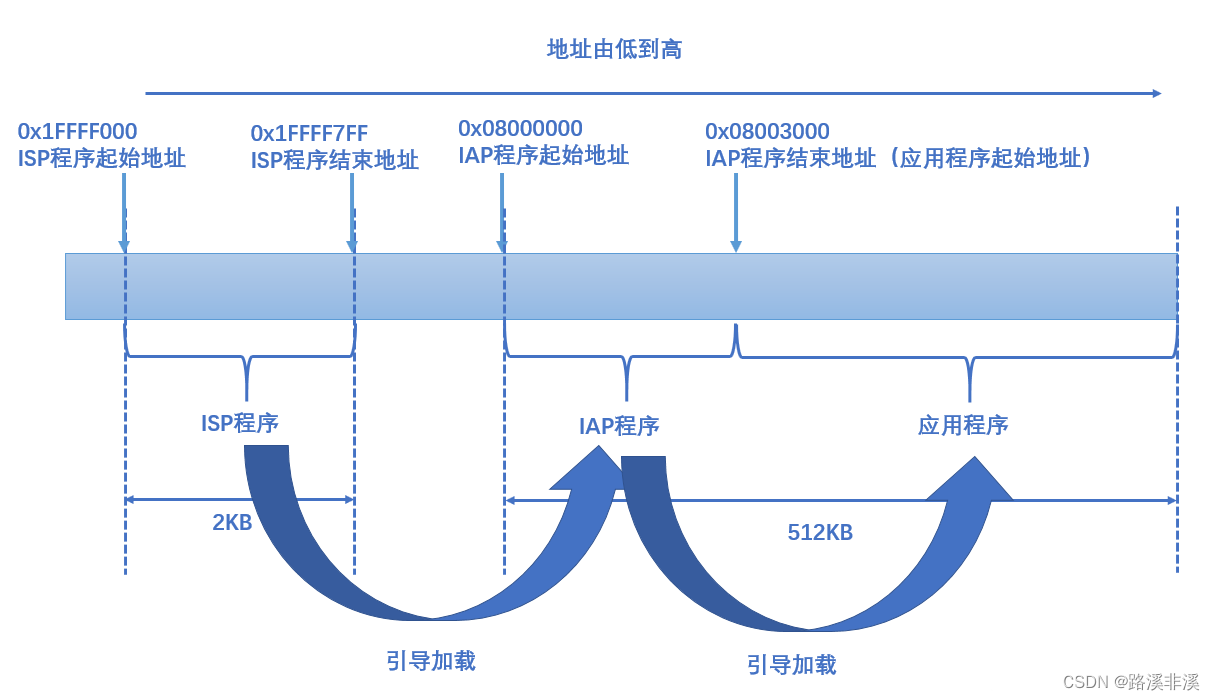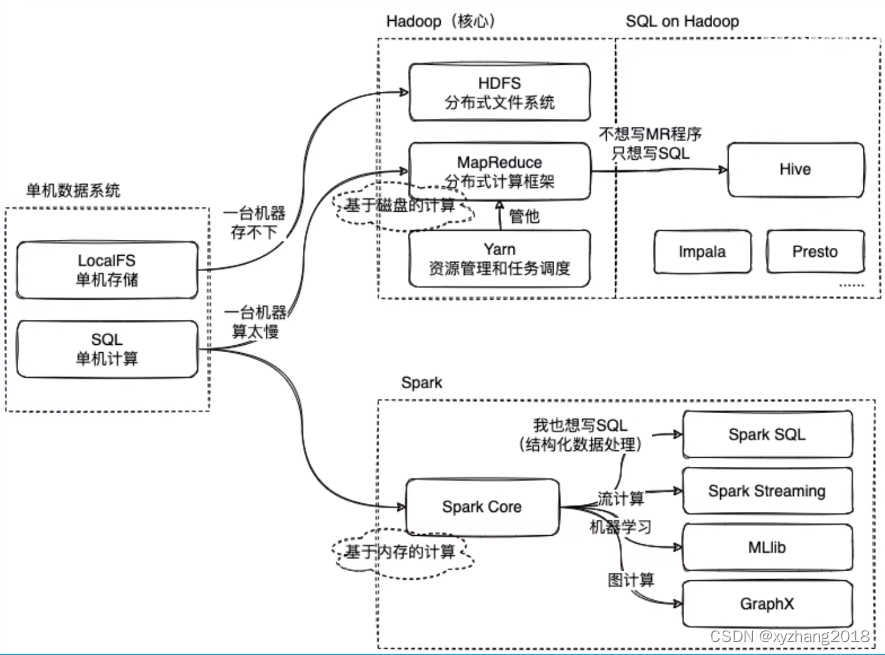文章目录
- 一、判断机器算法的性能1基本使用
- 1.目的
- 2.使用pycharm函数封装
- 3.sklearn中的train test split:
- 4.完美调用:
- 二、判断机器算法的性能2分类的准确度(accuracy)
- 准确度初步计算:
- 完善KNNpy程序如下:
一、判断机器算法的性能1基本使用
1.目的
判断机器算法的性能(train test split)目的是帮助我们找到一个更好的模型/测试时数据,训练数据;预测的准确率(越接近1越准确):


2.使用pycharm函数封装
使用pycharm函数封装的形式运行train test split算法:
import numpy as np
def train_test_split(x,y,test_ratio=0.2,seed=None):
"""将数据x和y按照test_ratio分割成训练数据集和测试数据集"""
assert x.shape[0]==y.shape[0],\
"the size of x must be equal to the sze of y"
assert 0.0<=test_ratio<=1.0,\
"test_ration must be valid"
if seed:
np.random.seed(seed)
shuffle_indexes = np.random.permutation(len(x))
test_size = int(len(x) * test_ratio)
test_indexes = shuffle_indexes[:test_size] # 确定测试数据集对应的索引
train_indexes = shuffle_indexes[test_size:] # 训练数据集所对应的索引
x_train = x[train_indexes]
y_train = y[train_indexes]
x_test = x[test_indexes]
y_test = y[test_indexes]
return x_train,x_test,y_train,y_test



3.sklearn中的train test split:

4.完美调用:

二、判断机器算法的性能2分类的准确度(accuracy)
分类的准确度(accuracy):
准确度初步计算:





完善KNNpy程序如下:
import numpy as np
from math import sqrt
from collections import Counter
from .metrics import accuracy_score
class KNNClassifier:
def __init__(self, k):
"""初始化kNN分类器"""
assert k >= 1, "k must be valid"
self.k = k
self._X_train = None
self._y_train = None
def fit(self, X_train, y_train):
"""根据训练数据集X_train和y_train训练kNN分类器"""
assert X_train.shape[0] == y_train.shape[0], \
"the size of X_train must be equal to the size of y_train"
assert self.k <= X_train.shape[0], \
"the size of X_train must be at least k."
self._X_train = X_train
self._y_train = y_train
return self
def predict(self, X_predict):
"""给定待预测数据集X_predict,返回表示X_predict的结果向量"""
assert self._X_train is not None and self._y_train is not None, \
"must fit before predict!"
assert X_predict.shape[1] == self._X_train.shape[1], \
"the feature number of X_predict must be equal to X_train"
y_predict = [self._predict(x) for x in X_predict]
return np.array(y_predict)
def _predict(self, x):
"""给定单个待预测数据x,返回x的预测结果值"""
assert x.shape[0] == self._X_train.shape[1], \
"the feature number of x must be equal to X_train"
distances = [sqrt(np.sum((x_train - x) ** 2))
for x_train in self._X_train]
nearest = np.argsort(distances)
topK_y = [self._y_train[i] for i in nearest[:self.k]]
votes = Counter(topK_y)
return votes.most_common(1)[0][0]
def score(self, X_test, y_test):
"""根据测试数据集 X_test 和 y_test 确定当前模型的准确度"""
y_predict = self.predict(X_test)
return accuracy_score(y_test, y_predict)
def __repr__(self):
return "KNN(k=%d)" % self.k
![[附源码]Python计算机毕业设计Django高校社团管理系统](https://img-blog.csdnimg.cn/fc2937fc5e52471ba6677b1649820598.png)



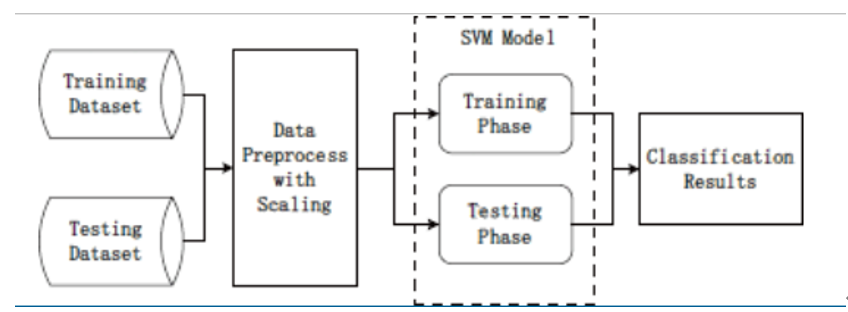

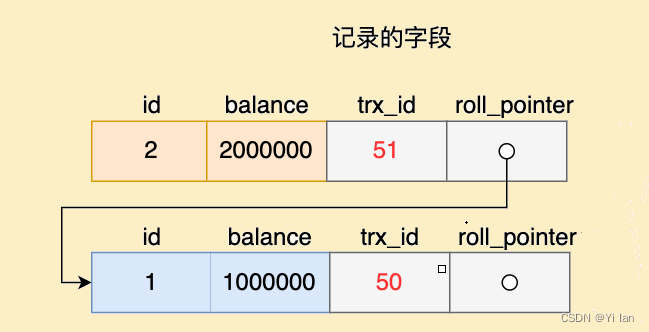
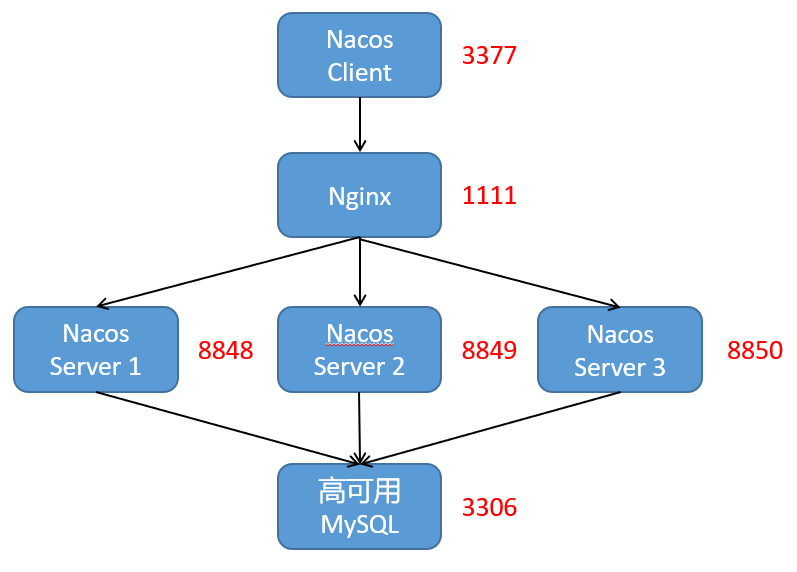



![[附源码]Python计算机毕业设计SSM考研信息共享博客系统(程序+LW)](https://img-blog.csdnimg.cn/2dd387923b83495bb288254cdc781b7c.png)



